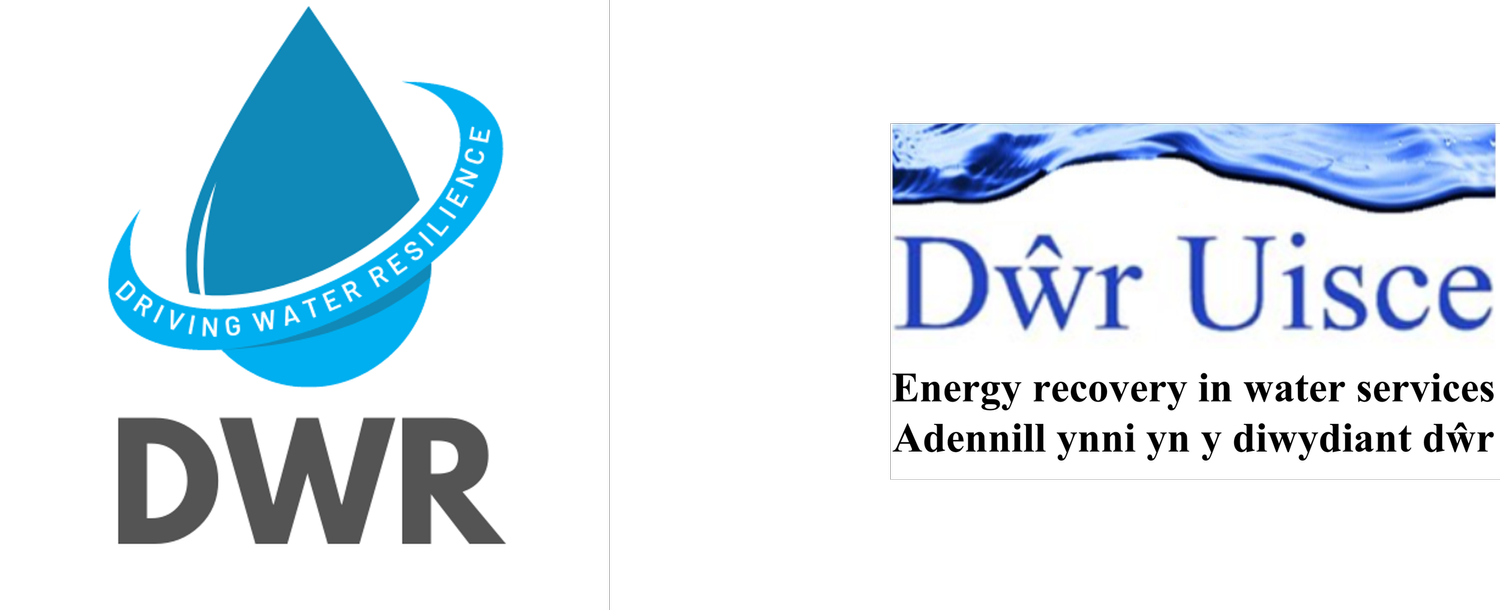Daniele Novara
Instead of a conventional “dry” Pump As Turbine (PAT) device for energy recovery, the Dŵr Uisce team is investigating the use of a “submersible” PAT in order to simplify the construction of the turbine house. Therefore, a prototype submersible PAT has been tested in the lab to determine its performances.
Figure 1: conventional PAT (as deployed at Blackstairs Gropu Water Scheme demonstration site)
Pumps As Turbines (PATs) consist of hydraulic turbines derived from standard water pumps whose flow direction is reversed with respect to pump operations. Therefore, instead of consuming electricity to move water around they can be used to generate electric power from a pressurized water flow. Despite the lower efficiency compared to conventional hydraulic turbines, the mass manufacturing process makes PATs several times less expensive to purchase and operate as demonstrated during the early phases of the Dŵr Uisce project.
The vast majority of PATs installed or investigated worldwide consist of conventional “dry” units which need to be housed in a protected location in order to avoid flooding damage. However, this can sometimes turn out to be expensive since in order to maximize the energy recovery the turbine should be located as close as possible to the downstream water body to which the fluid is being released. Furthermore, in order to avoid cavitation damage to the blades the ideal location of a turbine is slightly below the surface of such downstream water body.
Figure 2: submersible PAT being tested at Trinity College Dublin
As an alternative approach, the Trinity College team is investigating the use of a “submersible” type PAT (Figure 1) instead of the common “dry” type (Figure 2). The main advantage of a submersible PAT is that the turbine and electric generator are pre-assembled and housed inside a waterproof steel cylinder which can be conveniently lowered to the bottom of the downstream water body without fear of flooding damage. Instead, the rest of the electric equipment necessary for the power plant can be placed at a different nearby location above ground and away from flooding risk.
In order to determine the performances of a submersible PAT, a 3 kW prototype was tested on the hydraulic test rig at Trinity College Dublin.
The results showed a turbine mode mechanical efficiency comparable to that in pump mode as declared by the manufacturer (56%), which is a considerable result given the small size of the device.





















